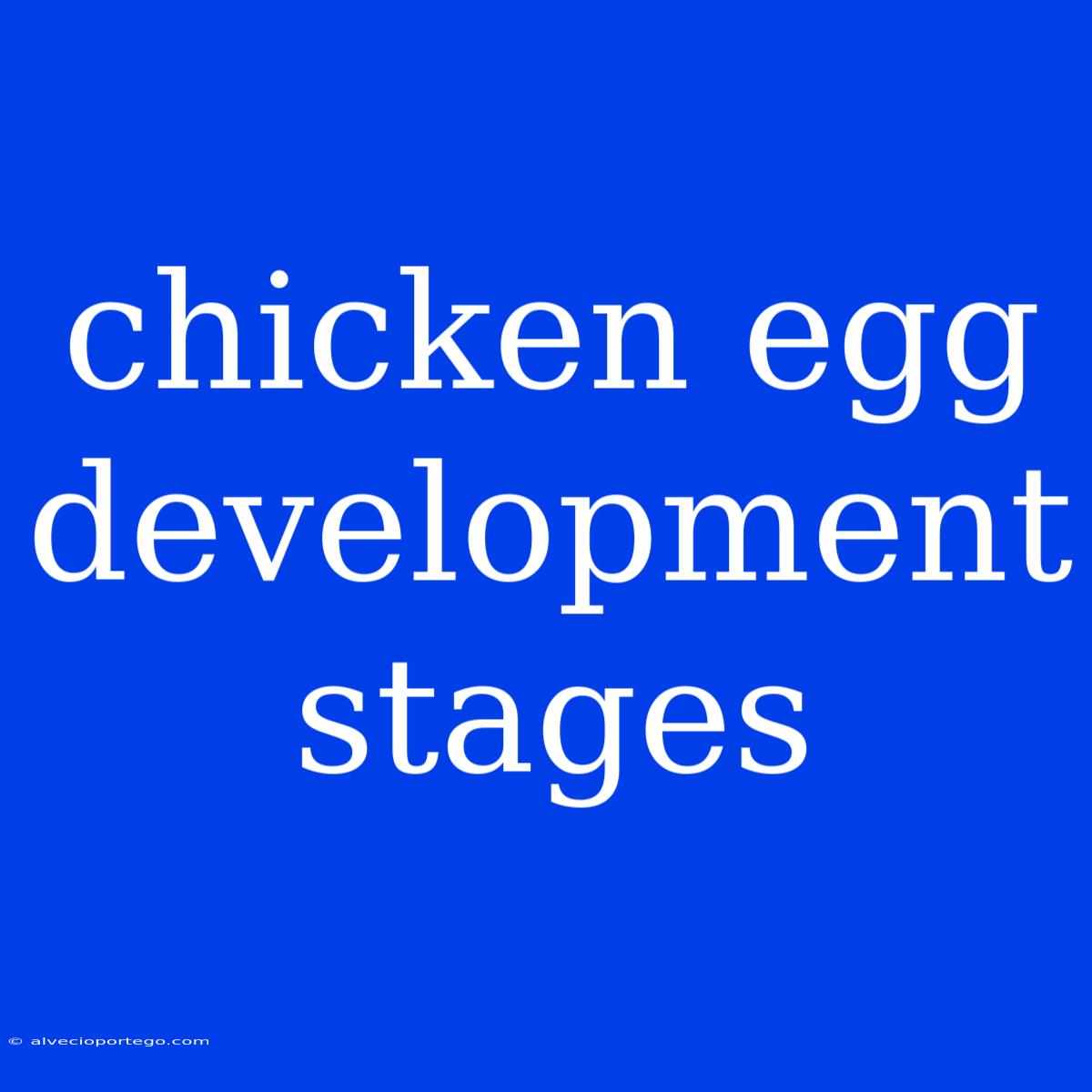The Amazing Journey of a Chicken Egg: From Tiny Cell to Chick
The seemingly simple chicken egg is a marvel of nature, harboring the potential for a new life. Inside its shell, a complex series of developmental stages unfold, transforming a single cell into a fully formed chick. This journey is fascinating to witness and understand.
Stage 1: The Beginning - Fertilization
Everything starts with a single cell: the fertilized egg. When a sperm cell from a rooster penetrates the ovum, the egg becomes viable. This fertilization happens in the hen's oviduct, the very first step in the developmental process.
Stage 2: The First Division - Cleavage
Following fertilization, the fertilized egg undergoes rapid cell division, called cleavage. This process begins in the hen's oviduct as the egg travels towards the uterus. The egg cell splits repeatedly, forming a ball of smaller cells called blastomeres.
Stage 3: The Formation of the Blastula - Blastulation
As cleavage progresses, the blastomeres arrange themselves into a hollow ball called the blastula. This hollow sphere is filled with fluid and contains a layer of cells called the blastoderm, which will give rise to the embryo.
Stage 4: The Three Layers - Gastrulation
The blastula undergoes gastrulation, a critical process where the single-layered blastoderm develops into three distinct germ layers:
- Ectoderm: The outermost layer, which forms the skin, nervous system, and sensory organs.
- Mesoderm: The middle layer, which forms muscles, bones, blood vessels, and the circulatory system.
- Endoderm: The innermost layer, which forms the digestive system, lungs, and other internal organs.
Stage 5: The Shape of Life - Organogenesis
The three germ layers begin to differentiate and specialize, forming the various organs and systems of the chick. This process, called organogenesis, starts with the formation of the primitive streak, a structure that defines the future axis of the embryo.
Stage 6: The Growing Embryo - Growth and Development
As organogenesis continues, the embryo rapidly grows and develops. It starts to resemble a miniature bird, with distinct features like eyes, beak, and limbs. During this stage, the yolk sac provides nutrients to the developing embryo.
Stage 7: The Egg White - Albumen
The albumen, or egg white, plays a crucial role in supporting the embryo's development. It contains proteins, vitamins, and minerals that provide sustenance and protect the growing chick from mechanical damage.
Stage 8: The Protective Shell - Shell Formation
As the embryo matures, the shell is formed around the egg. This shell provides protection from external factors and ensures a stable environment for the developing chick.
Stage 9: The Air Sac - Respiration
An air sac develops within the shell, providing oxygen for the chick's respiration during the final stages of development.
Stage 10: Hatching - Emergence
The final stage of development involves hatching. The chick breaks through the shell, using its beak to chip away at the inner membrane. It emerges into the world, a new life ready to begin its journey.
Conclusion
The development of a chicken egg is a remarkable journey of transformation, showcasing the complexity and wonder of life. From a single fertilized cell to a fully formed chick, each stage is intricately linked, demonstrating the power of nature's design.

